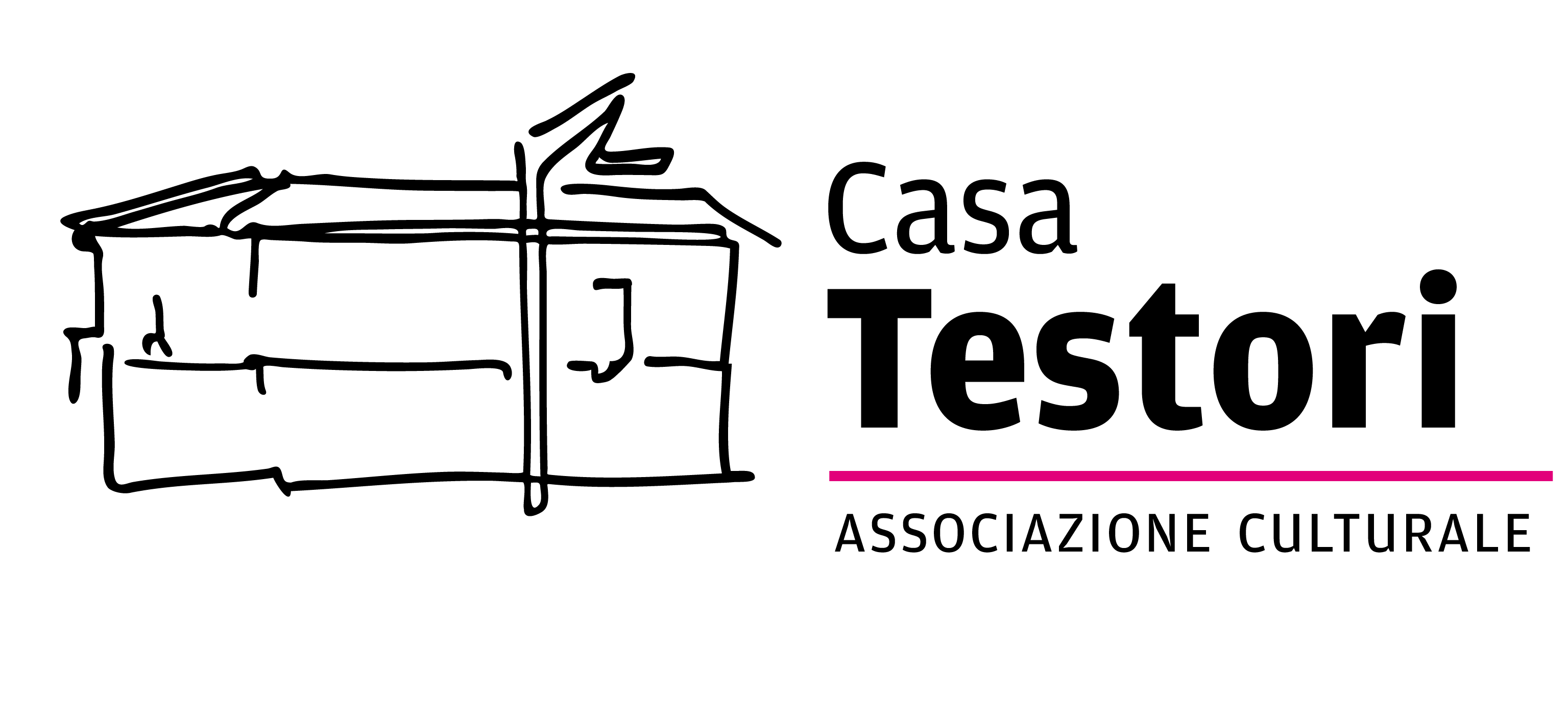The last room of the ground floor itinerary offers a comparison between two works of extremely strong impact. As visitors enter, they find in front of them two large ceramic works by Bertozzi & Casoni. Giampaolo Bertozzi and Stefano Del Monte Casoni have been working as a team since 1980. They create disconcerting sculptures in which ceramics are used to create representations that negate the delicate, graceful nature of the material. Composizione scomposizione [Comosition Decomposition] is a combination of tubes, connecters, wheels and taps suggesting the idea of a clearly nonfunctioning functionality. It is also a depiction of rules that have accumulated to the point of consolidating themselves as intricate conglomerations, without rhyme or reason. Corruption, in Bertozzi & Casoni’s works, has often taken the form of food that is “corrupted” by oxidation processes. In this series – the complete cycle of Composizione scomposizione consists of seven panels – the metaphor is more expressly aimed at the chaos unleashed in a social organization when the rules are changed.
The link with Filippo Berta’s video is cogent and immediate. Homo homini lupus, a work created in 2011, was presented for the first time at the Madre of Naples. Berta takes literally Plautus’s famous expression, which became the concept underlying Thomas Hobbes’s philosophy. In a moonlit scenario suggesting the end of history, a pack of wolves wrangles around an Italian flag. The piece of cloth is violently bitten and torn till it is reduced to shreds. The video may be interpreted as a brutal metaphor of a social gathering where the logic of arrogance gains the upper hand, thereby treading underfoot even an item, the national flag, that should be a collective symbol. Corruption is a negative force that destroys relations, an open doorway to violence, even when it is underhand, non-explicit and, in its way, “sincere”, like that of thewolves fighting over the flag.
































































